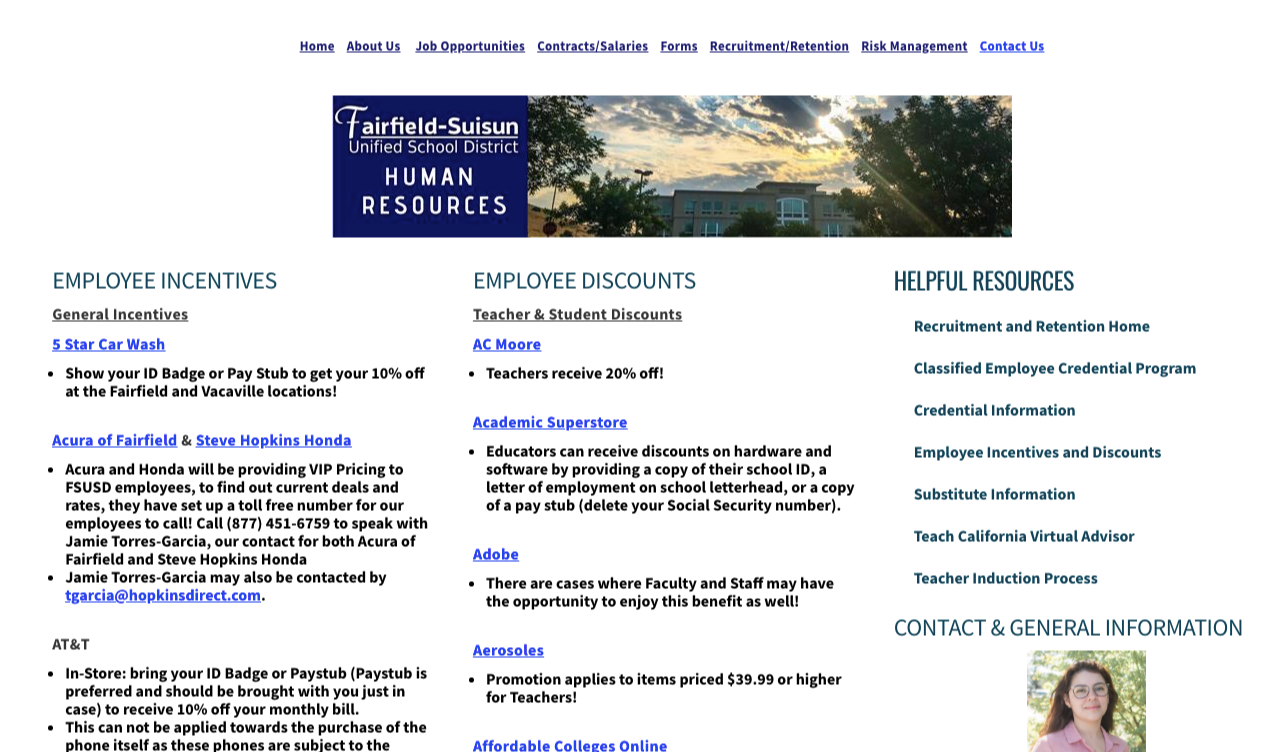by Venchito Tampon Jr | Last Updated on January 20, 2022
In this post, I’m going to show you 21 new link building strategies for eCommerce websites.
And these tips actually work in ranking product pages for competitive keywords.
In fact, the 21 strategies I’m going to share with you have helped us ranked one of our eCommerce clients (Fiddlershop) for highly searchable competitive keywords like viola, violin, and cello.
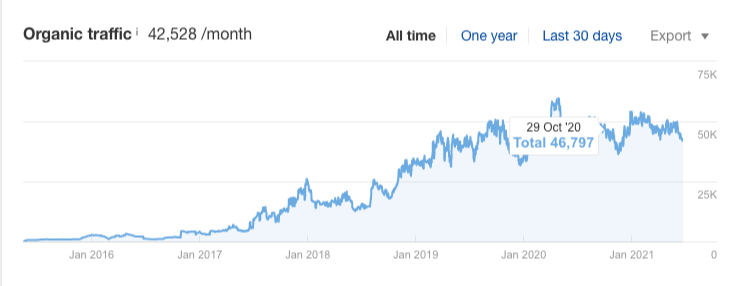
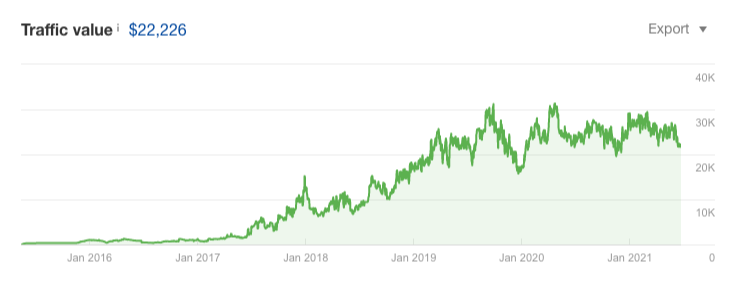
Now it’s time to show you each of these strategies.
1. Get Listed on What’s On My [Season] Wishlist
You’re probably familiar with wishlists.
There are counterparts of it online, in a form of a blog post.

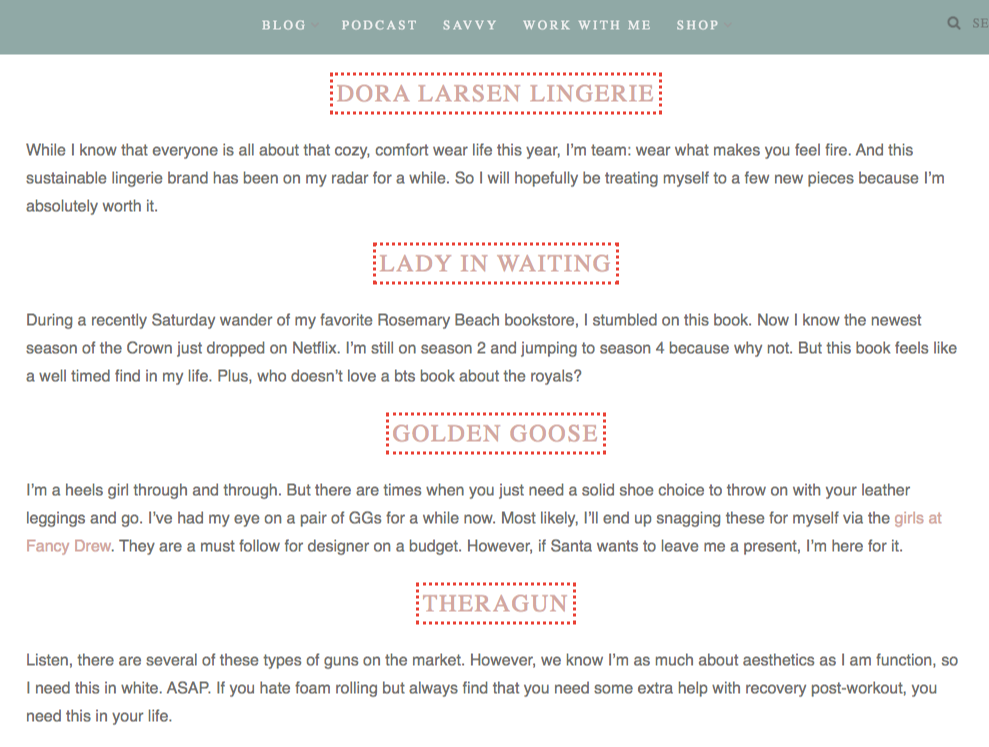
Industry bloggers publish this type of content during seasonal events (e.g. Christmas) to help their readers discover new products online.
And if you, an eCommerce marketer, give these bloggers a product that’s interesting to use, you get link opportunities right off the bat.
But where can you find this type of backlink opportunities?
You begin by finding bloggers who just recently published “wishlist” blog posts.
Use this search query when you do a Google search: “what’s on my” [SEASON] “wishlist”
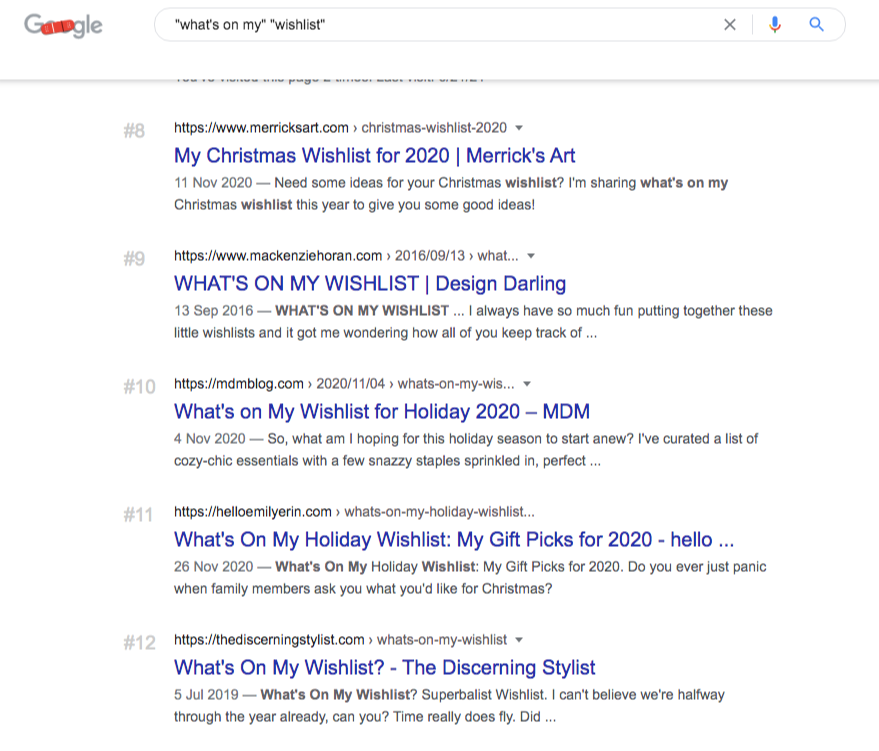
Make a list of bloggers who published wishlist articles on their blog.
It is best to check if they only post one-time or if they do regularly publish wishlists during seasonal events.
Because they’re more receptive to your product endorsements/reviews if it is part of their content ritual.
Approach them through email and offer to give away your product for free.
2. Build Product Page Links From “Where to Buy” Pages
Here’s the #1 struggle in eCommerce link building:
Building links to product pages…
Even more difficult if your product and category pages don’t have much information worthy of reference by publishers.
But here’s the thing:
You can get backlinks to your product and category pages.
How?
Start by contacting your complementary businesses and suppliers.
Typically, they have “where to buy” or “stockists” pages where they list down all sources where people can buy their products.
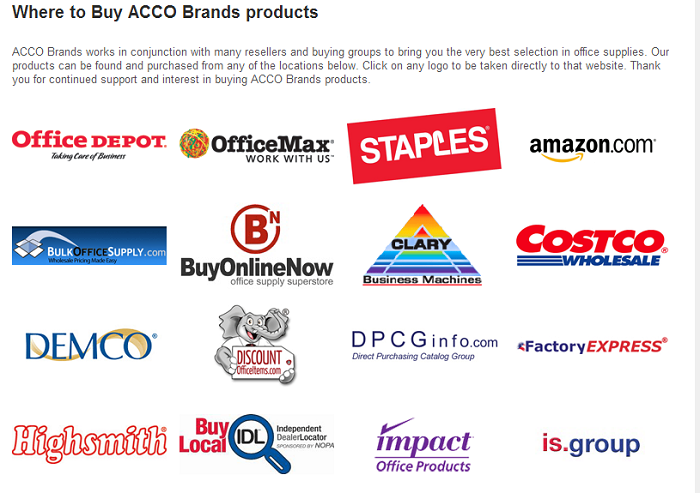
List down your manufacturers, retailers, or suppliers of your products.
See if they have websites and dedicated “where to buy” or “stockists” pages.
Use a quick Google search, “site:domain.com “where to buy” OR “stockists”
Or you can also reverse engineer your competitors.
You can use Ahrefs for this.
Site Explorer > enter a competitor’s domain > Backlinks
Then search for “where to buy” or “stockists” in the search field.

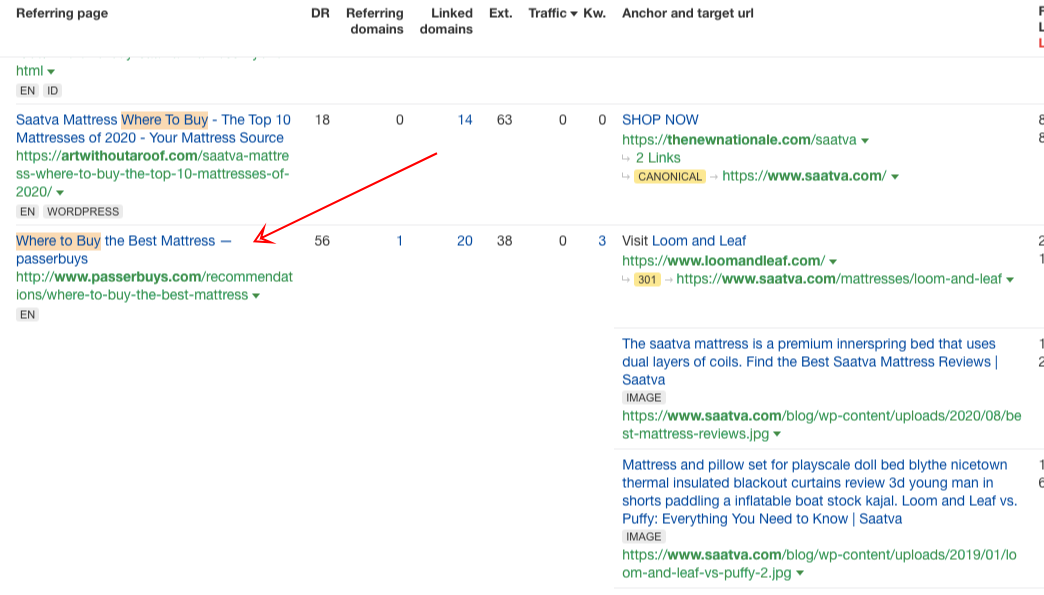
Reach out to them and request to be added to their pages.
3. Use The “Product Alternative” Technique
There is always a better option for products.
And people want alternatives to see which one fits their purchasing needs.
The only question is:
What makes your product a better alternative for your competitors?
Are you serving a different market? Do you target a different type of customer?
If your competitor serves the US market, you serve the UK — you’re a good alternative for the same offer.
If your competitor targets a different type of audience (high-end customers), you sell affordable products – you’re a good alternative for the same product.
How can you take advantage of this “product alternative technique”?
First, you find it in different markets, locations, or audiences.
Prospect blog posts recommending or mentioning this competitor. Ahrefs can easily help you with this.
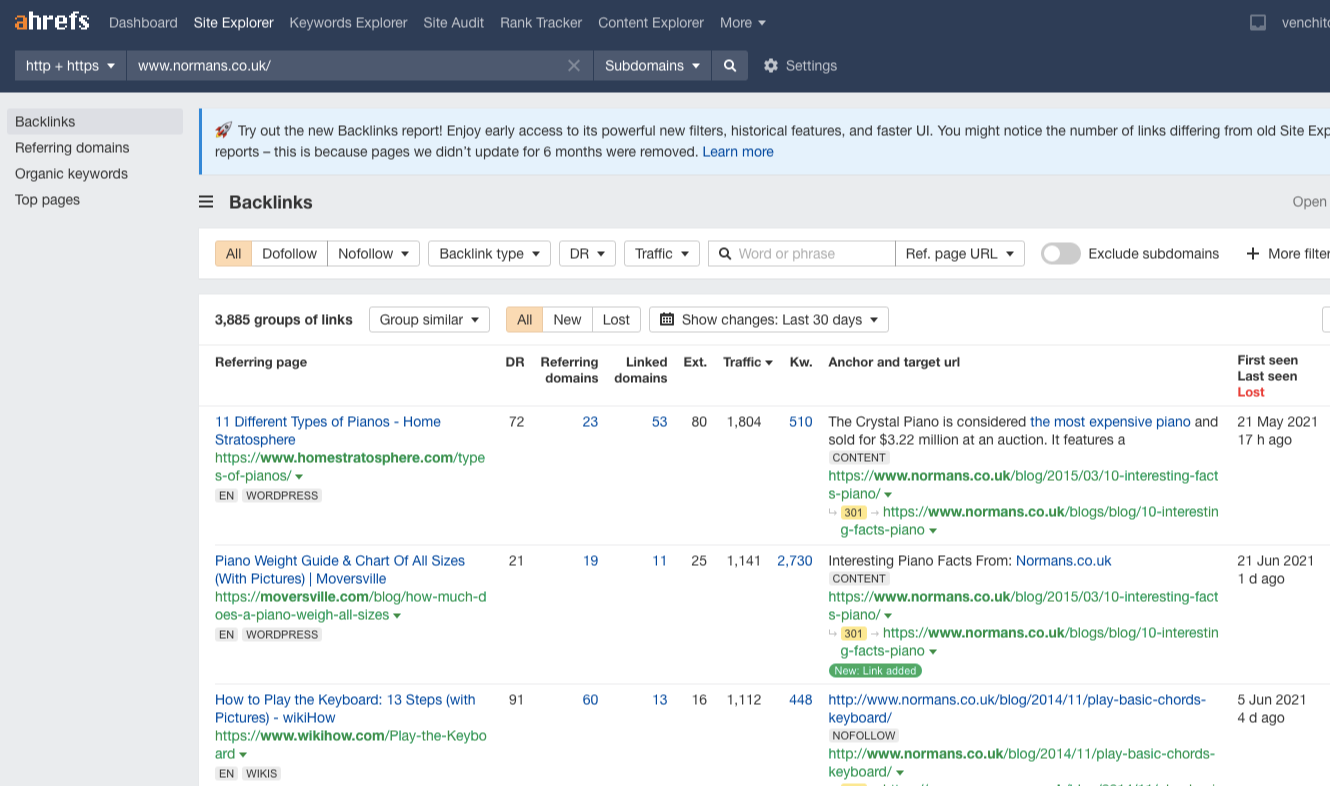
Request these publishers to link to you, stating that your product might be useful for their market.
4. Convert Unlinked Mentions Into Links
Whether your online store is new or established, you’ll experience some of these changes:
New product launches.
New partnerships and acquisitions.
Location openings and closures.
Interviews about your leadership team
Whether you do digital PR or just bloggers catching up with your new product events, you get mentions from elsewhere.
But there’s the thing:
Not all brand and product mentions credit you with links.
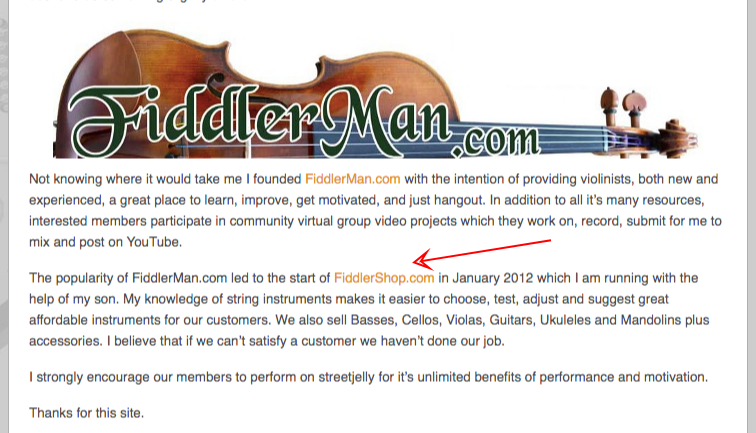
So what you want to do is to capture all of these unlinked mentions and turn them into links.
First, find them through intitle Google search.

Or use Ahrefs to get more of these linkless mentions.
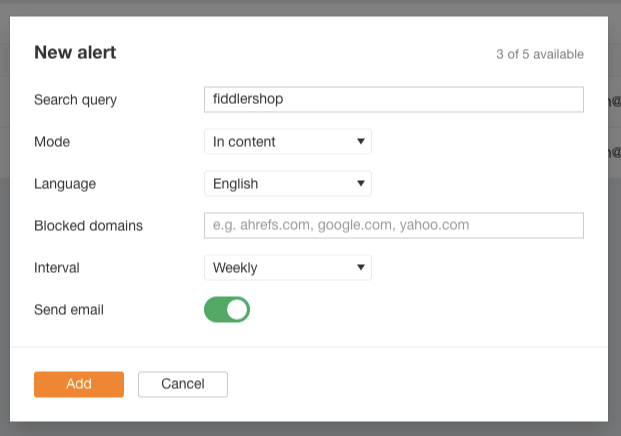
Then go and reach out to each publisher and ask them to credit their mentions with links.
Subject: Thanks for mentioning [ SITE/BRAND NAME]
Hi [ NAME ],
Hope you’re doing great day.
I would like to drop a quick message to say thank you for mentioning [ BRAND NAME ] in your post – [URL].
I noticed that you hadn’t included details of our brand and was wondering if you would be kind to include a link pointing to our website, so your visitors would see more information about your reference.
Thanks again
Kind regards,
[ YOUR NAME ]
For a more detailed step by step process, you can check out this link reclamation guide.
5. Publish “X City” Content Assets
Publish great content.
But what’s great really mean?
Simple answer:
Blog post formats that work.
You know you create great content if you publish content formats that really work.
There is one content type that works for eCommerce blogs. And that is:
“X City” content asset.
Just as normal people wonder which city/location has the oldest home or hottest in the state, content creators want to feature interesting content that is based on facts.
Take a look at this eCommerce brand: FilterBuy.
They create different resources in the “X City” format.
The Hottest City in Every State
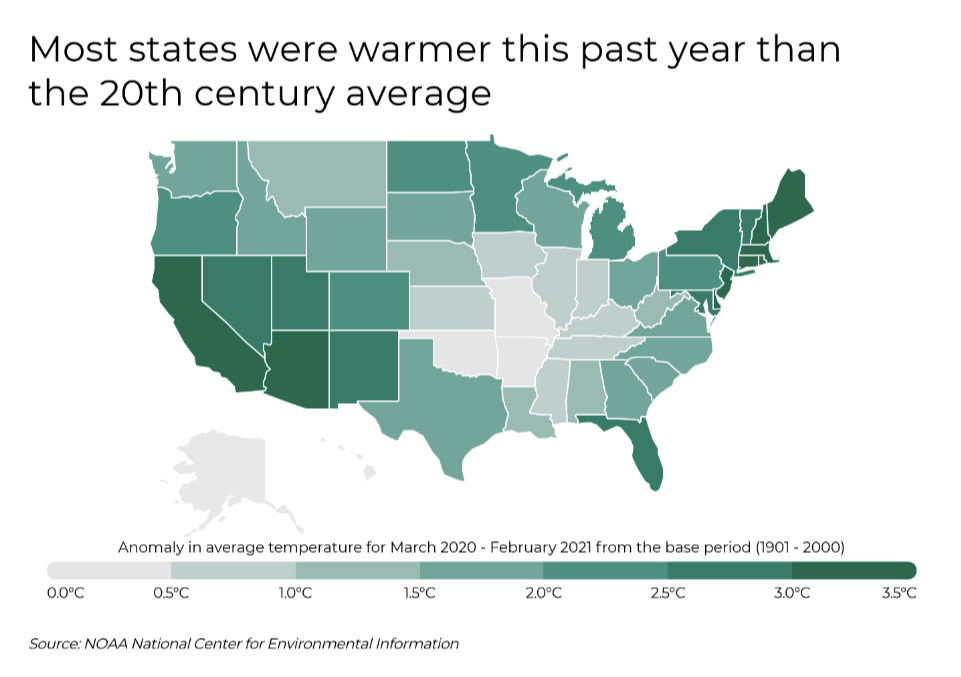
Cities Most Prepared to Work From Home
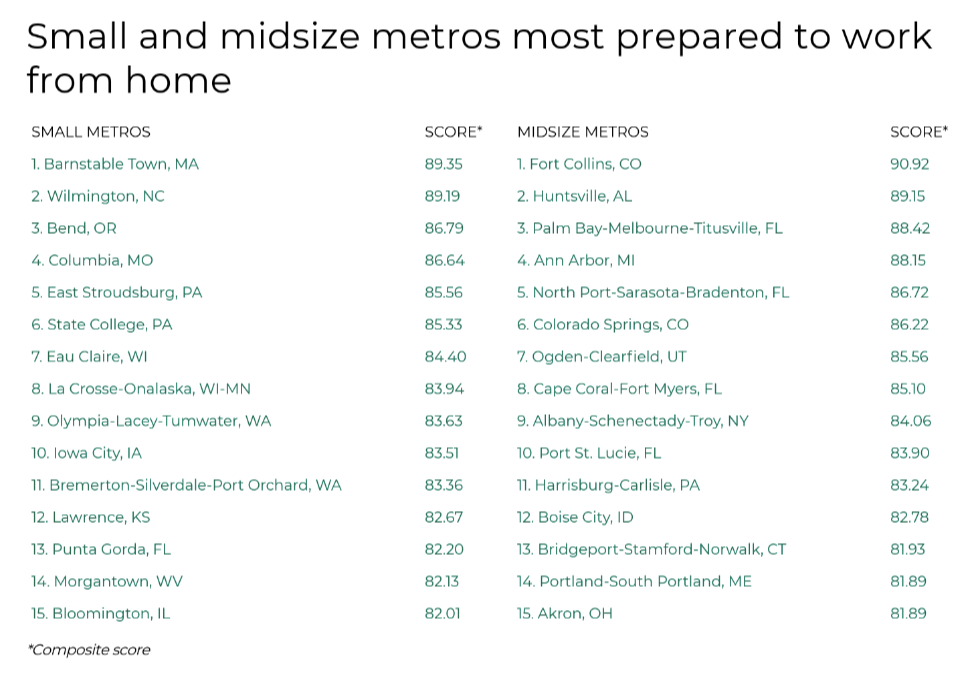
The Most Affordable Cities to Size Up for a Home Office
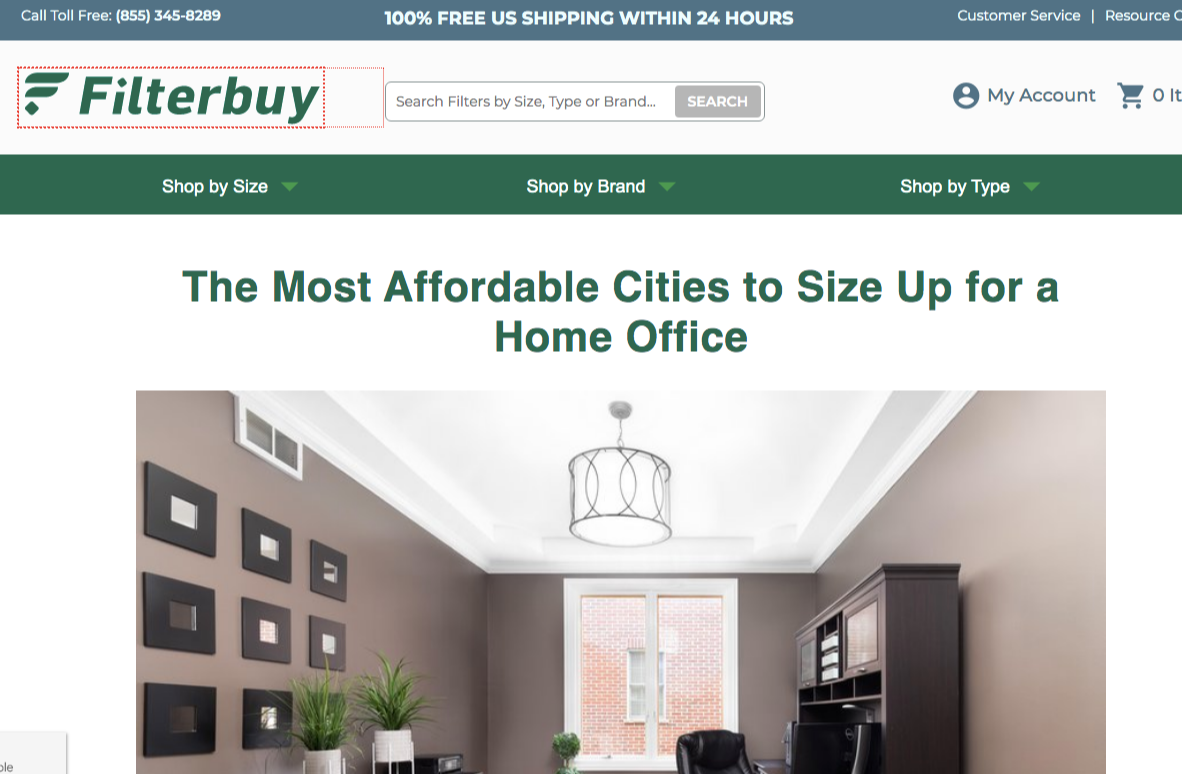
Think about your online store.
What topics would resonate most with your customers?
What topics they would find interesting to consume?
What topics would local publishers and industry bloggers feature on their websites?
Find an intersection among all your answers to the above questions.
Get inspiration from Reddit:
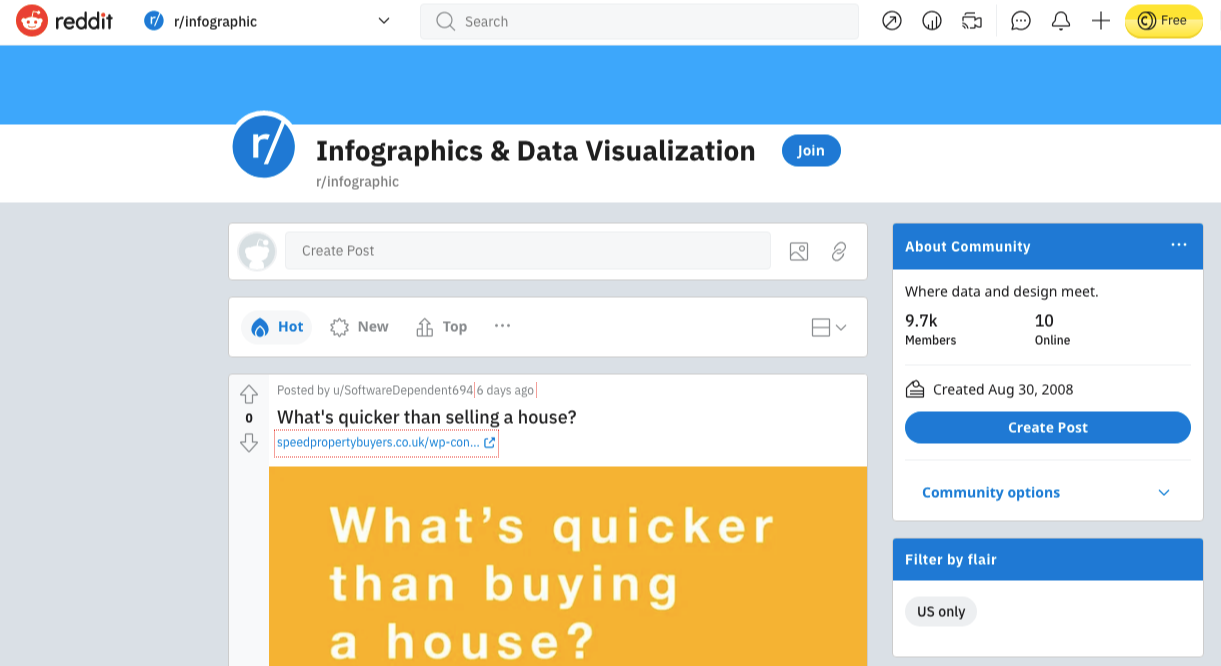
And from niche communities:
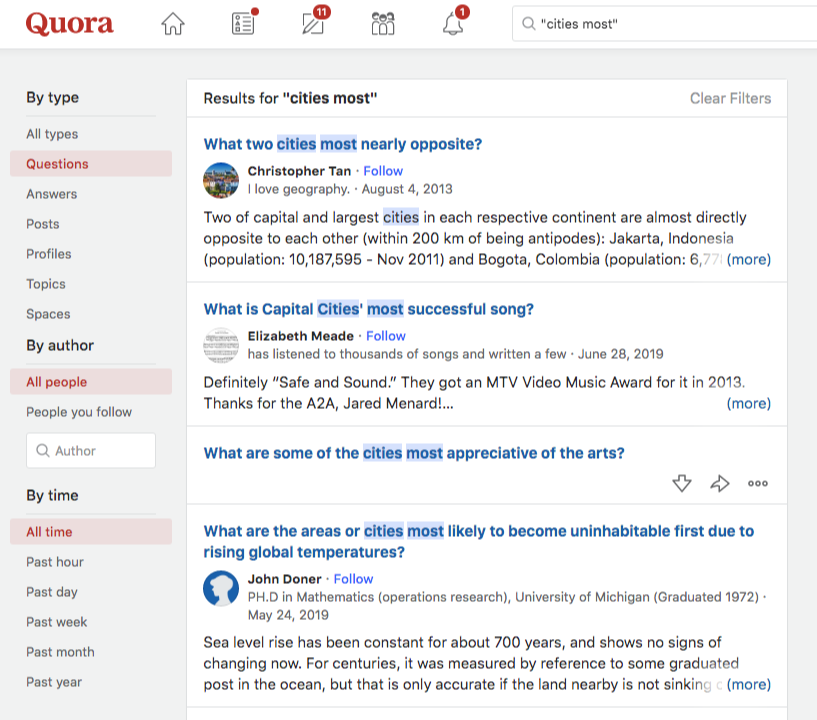
Publish your own version of the “X City” content piece.
6. Use “Gone Out Of Business” As Source Of Link Opportunities
There are businesses that have recently gone out of business.
In many cases, their domain name actually expires.
When that happens, you’ll find that the entire site gets replaced with parked pages, just like this:
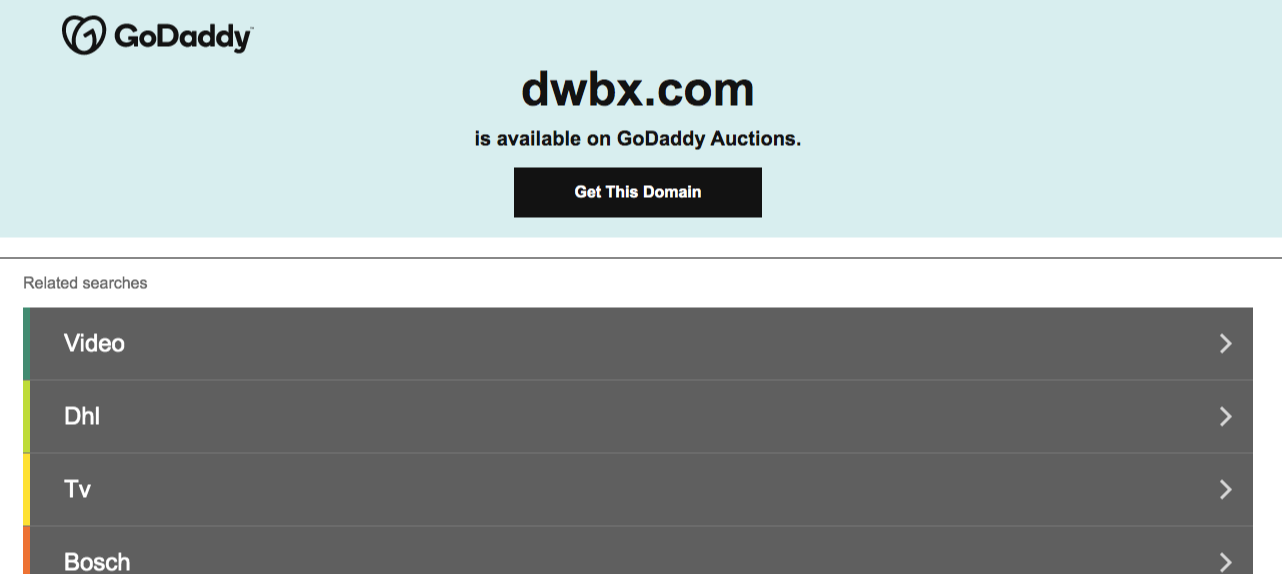
These gone-out-of-business websites are still technically working.
But broken link checkers (like Ahrefs) can’t find them.
The good thing is:
You’ll find a lot of link building opportunities (hundreds or thousands depending on the site) that your competition doesn’t know about.
Here’s the question:
How can you find these gone-out-of-business websites?
Start with big domain auction sites like GoDaddy Auctions, Flippa, or NameJet.
Look for outdated websites that are related to your brand.
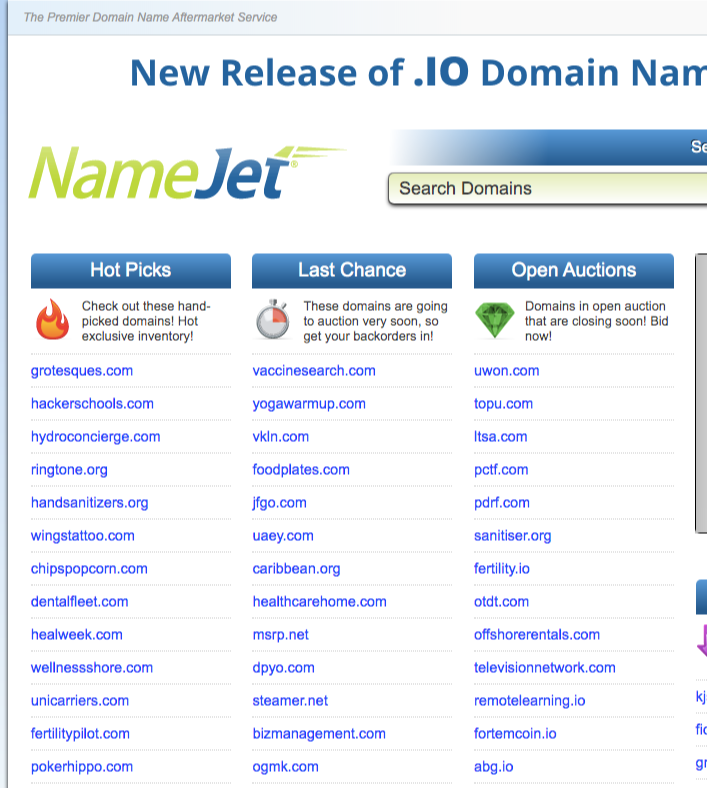
Identify how many referring domains are linking to each of the websites.
The higher number of referring domains, the more link opportunities are available to you.
Next thing to do:
Grab these domains linking to the outdated resource and check their backlinks.
You can use Ahrefs for this one.
Ahrefs – Enter the domain – Backlinks

Let people know about their outdated backlinks and offer your online store site as a replacement.
7. Solicit Links From Topical Resource Pages
You are probably familiar with resource pages.
They’re basically a page that lists down links to different resources, references, and content on the same topic area.
Either this resource page is informational or salesly — just in the case with “where to buy” pages, where it lists down suppliers or resellers.
For example, if you see this page:

This is a general resource page that linked out to BMW events, BMW automobile parts sellers, maintenance services, and anything related to BMW.
Whereas, this page covers a more specific vehicle part: batteries.
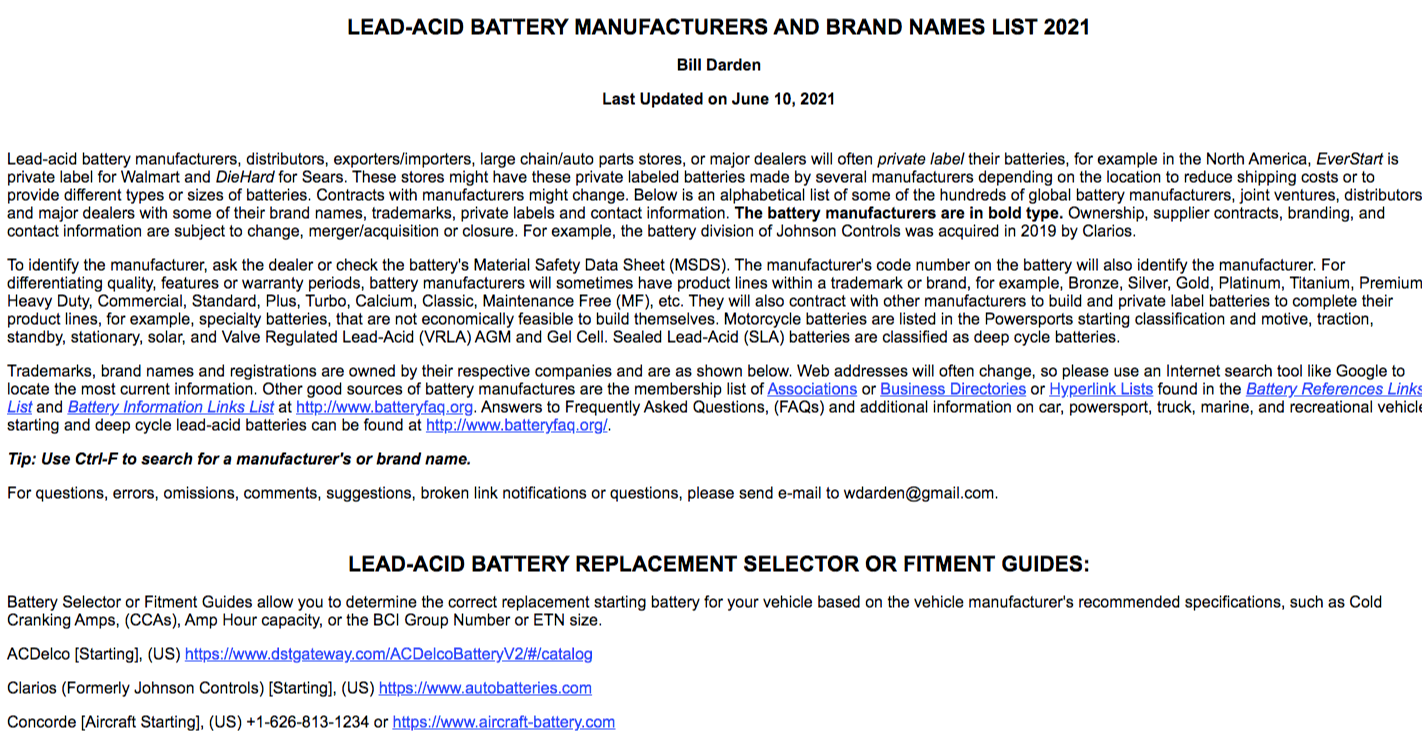
So you’ll see manufacturers, resellers, and suppliers on this page.
In your market, there are topical resource pages you can find.
Start with discovering pages linking to your competitor.
Use Ahrefs to find them.
Ahrefs – Enter your competitor’s domain – Backlinks.
Then, filter the list with keywords on titles like, “links” OR “recommended” OR “best” to only see resources/links pages.
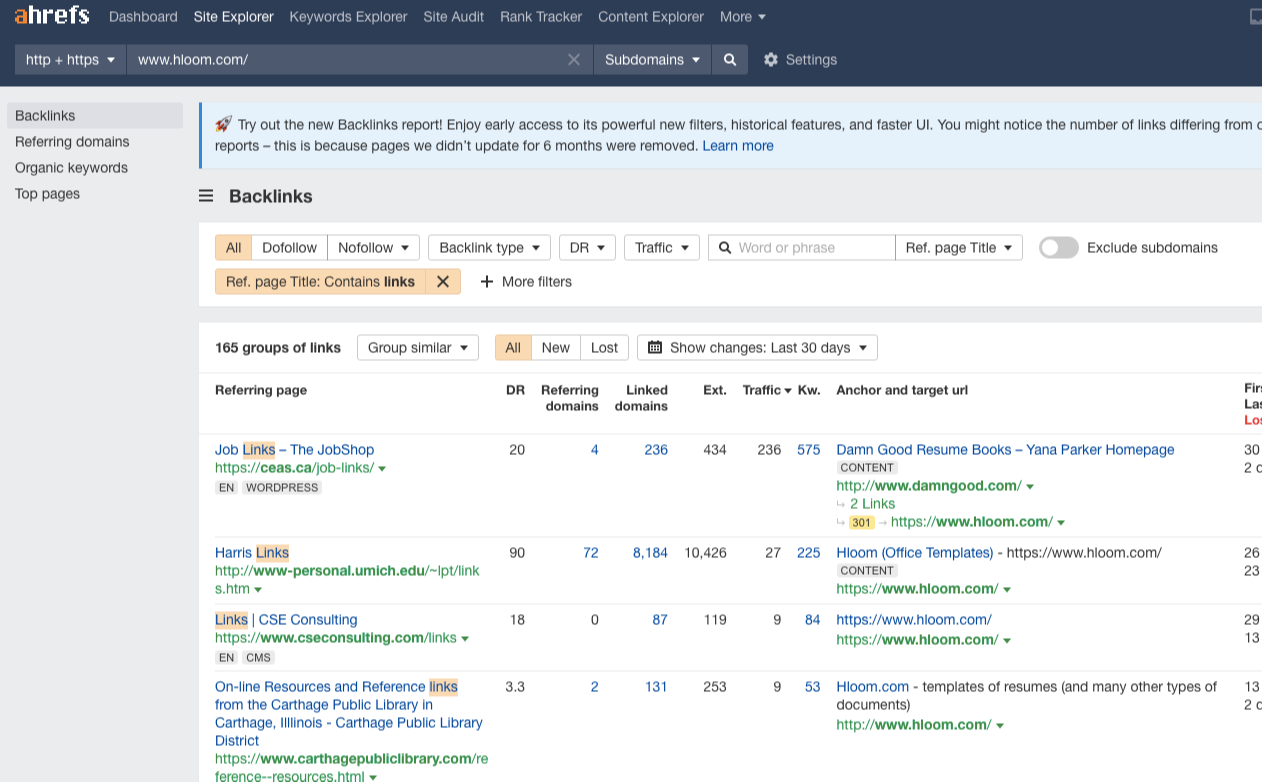
Reach out to them and request your product/category page to be added.
8. Hire Industry Authors For Your eCommerce Blog
One of the best ways to get links is to put out high-quality content.
Creating it is simple and is manageable if you have resources.
But promotion?
It needs efforts to get more eyeballs to your content.
Here’s what I noticed:
High-quality content creation requires expertise to fly.
So, hiring an experienced writer to create content for your blog matters.
Start with authors who’ve written articles on other blogs.
You can use Ahrefs’ Content Explorer to find them.
Search for the topic or blog theme you want them to write about.
Click “Published: Last 12 months”.

Then, go to the “Authors” tab.
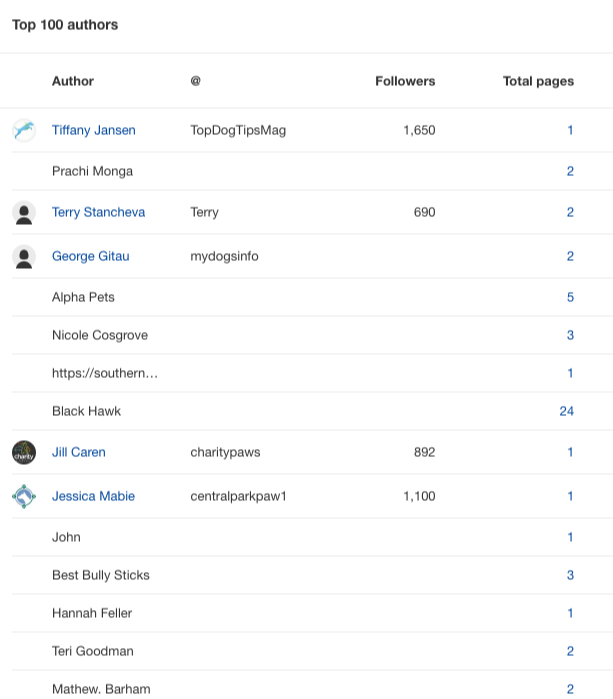
Reach out to them individually and offer to pay them to write for your blog.
It is best to also add your blog’s traffic numbers, social media numbers, and any website number in your outreach email to help them see added exposure for them as authors.
9. Target “Going Green” Market For Links
One of the untapped linkable audiences in the eCommerce space is:
“Going Green” market
These are enthusiasts, organizations, and entities who are into recycling and nature sustainability.
If you happen to sell recyclable products or you could create a page about recycling related to what you’re selling, there’s a bank of opportunities available to you in this market.
How can you start?
Reverse engineer pages that are likely to give you backlinks.
Start by looking at your competitors’ backlink profiles.
Using Ahrefs, you can see if they have linking pages about recycling.

Another way, to begin with, is to check general “recycling” resource pages.
Then see what types of content they usually linked to.
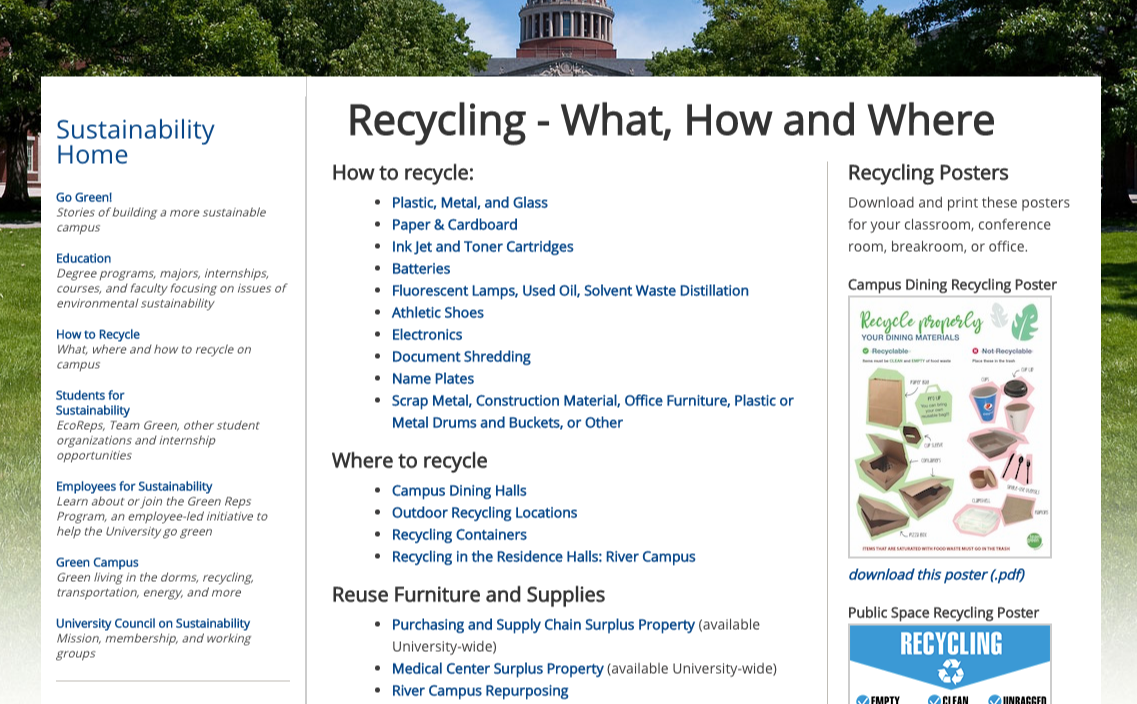
Then you reverse engineer by creating content that matches what these “recycling” resource pages want to link to.
Collect more link opportunities by doing advance Google searches:
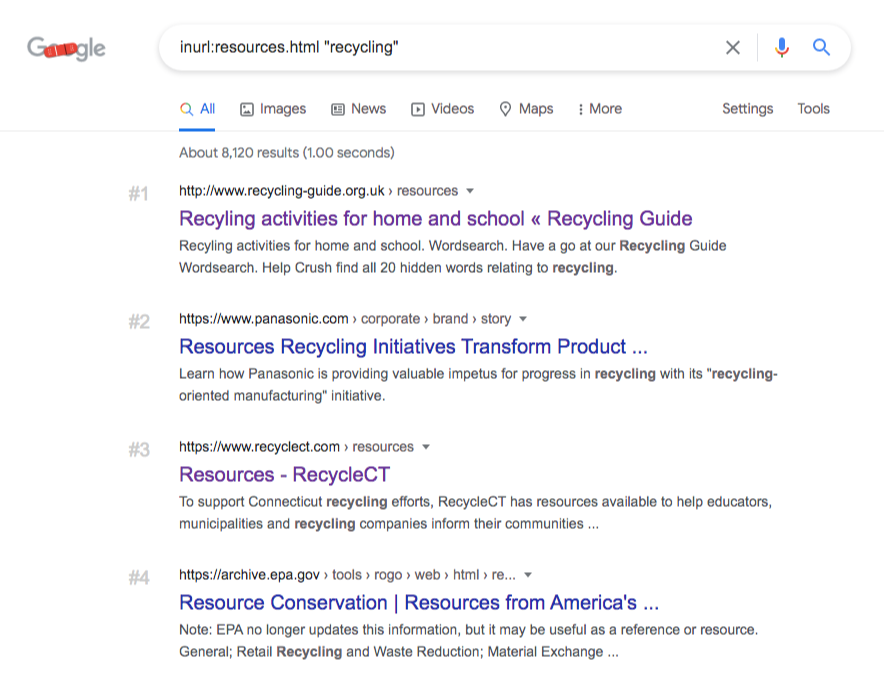
And discovering more recycling resource pages using Ahrefs”
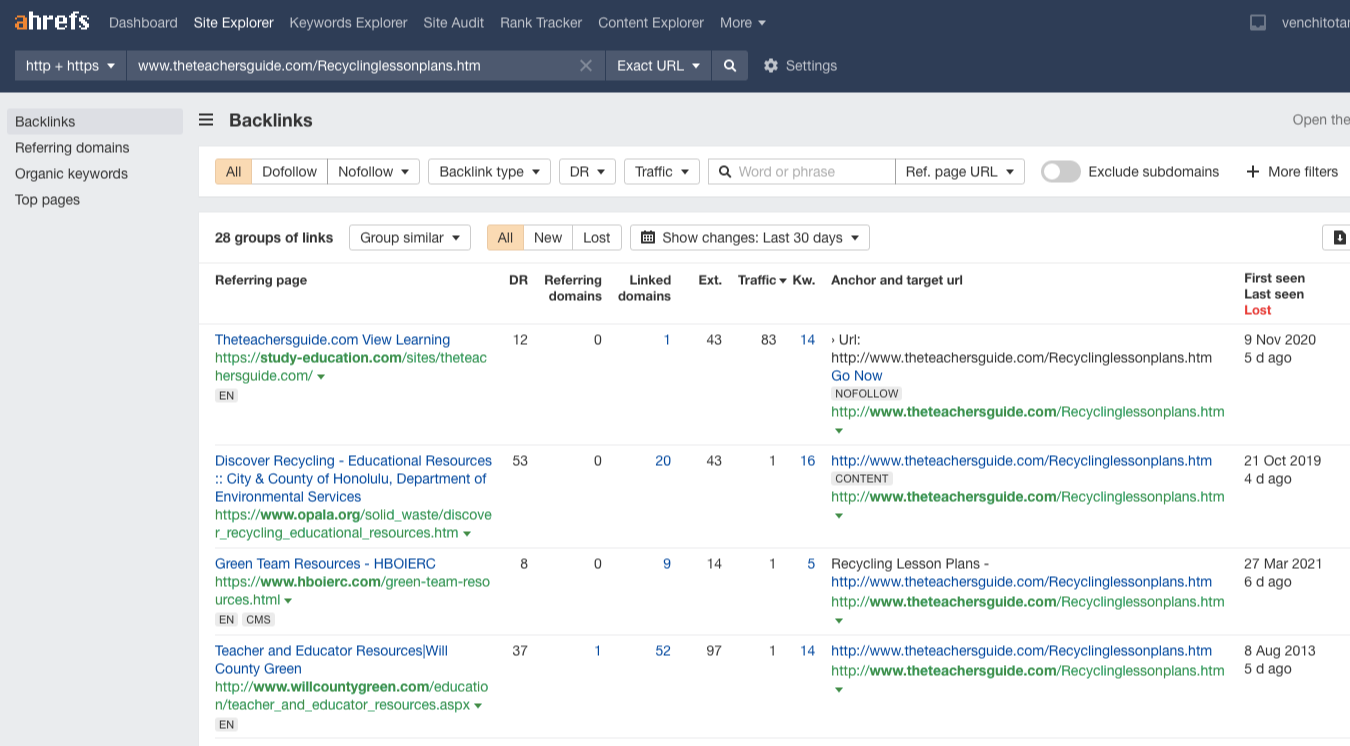
10. Invest In Sponsoring Local Events
If you’re into local eCommerce, you should be looking for more geographical-based links (e.g. links from “New York” targeted websites).
And one way to do have those local links is to sponsor local events.
You’ve heard of sponsorship links.
Well, you may have some arguments or doubts as to whether or not you should buy links.
The truth is:
For the most part, you are buying links.
It may not be in the form of paying a blogger to explicitly give you a link from his blog.
But you’re paying staff members (i.e. freelancer or link building agency) to build links for you — that itself is a form of link buying.
Going back:
When sponsoring local events, what you should be aiming mostly are homepage links from event websites.
Like this one:
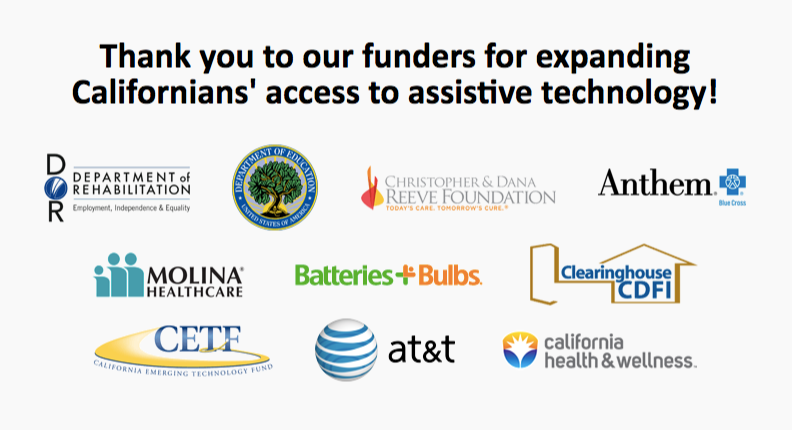
Search for any big or small local organizations such as non-profit organizations.
Examples are outdoor sports and military for possible collaborations.
You can join a few Facebook groups in your niche. Then check the “events” tab inside the group.
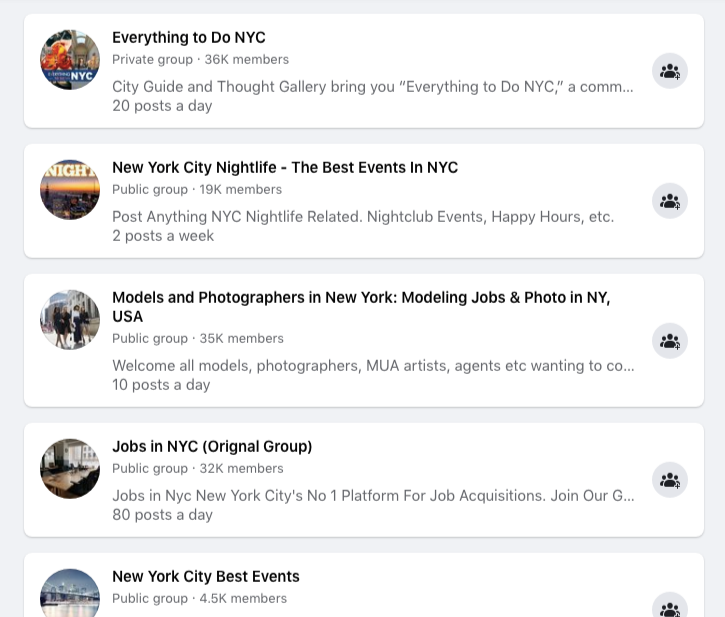
Look for any upcoming events or contact the event organizer directly to see where your products might be a good fit.
Some events may explicitly say they’re actually looking for vendors.
Be the first to reach out to them to get yourself updated.
Keep in touch with the event organizer.
You’ll find that either:
They will write a post about the event.
Or have a dedicated page for sponsors with image or text links pointing to each of the sponsors’ websites.
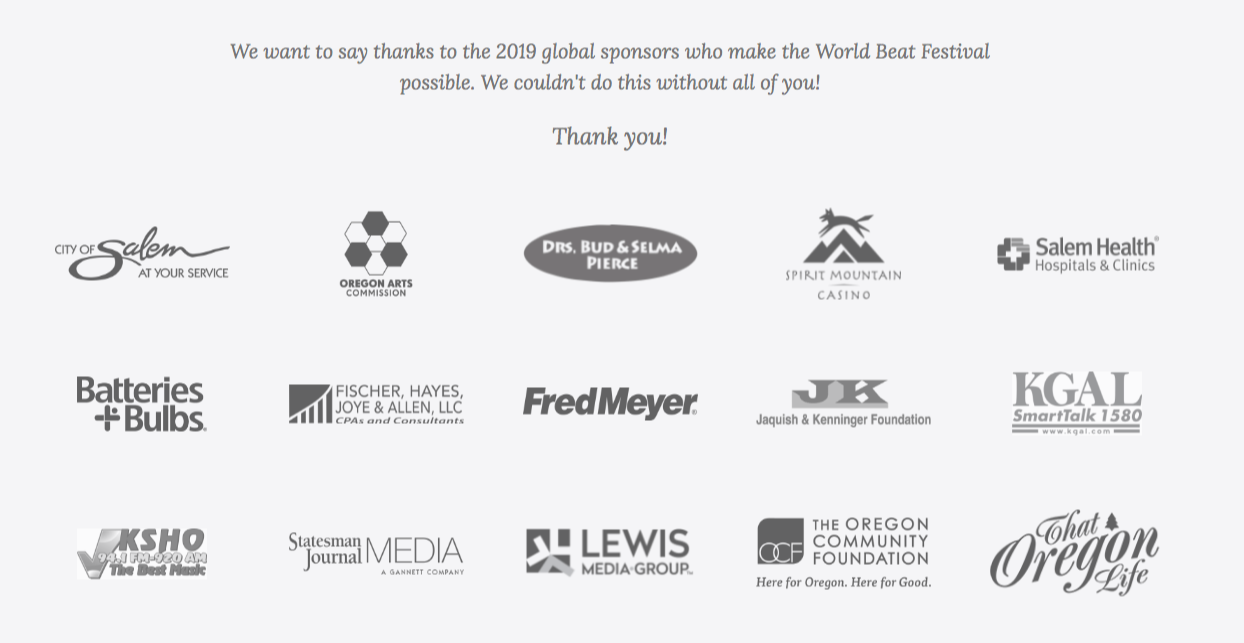
Make sure you get credited with a link when the event goes live.
11. Set Up Landing Pages For “Big Retail Days”
Black Friday, Cyber Monday…
Single’s Day, International Women’s Day…
These are all big online retail days you shouldn’t miss out on.
Not only that you’ll get an increase in product sales.
But you often find your website gets occasional links.
So, set up a landing page for each big retail day.
Like this one:
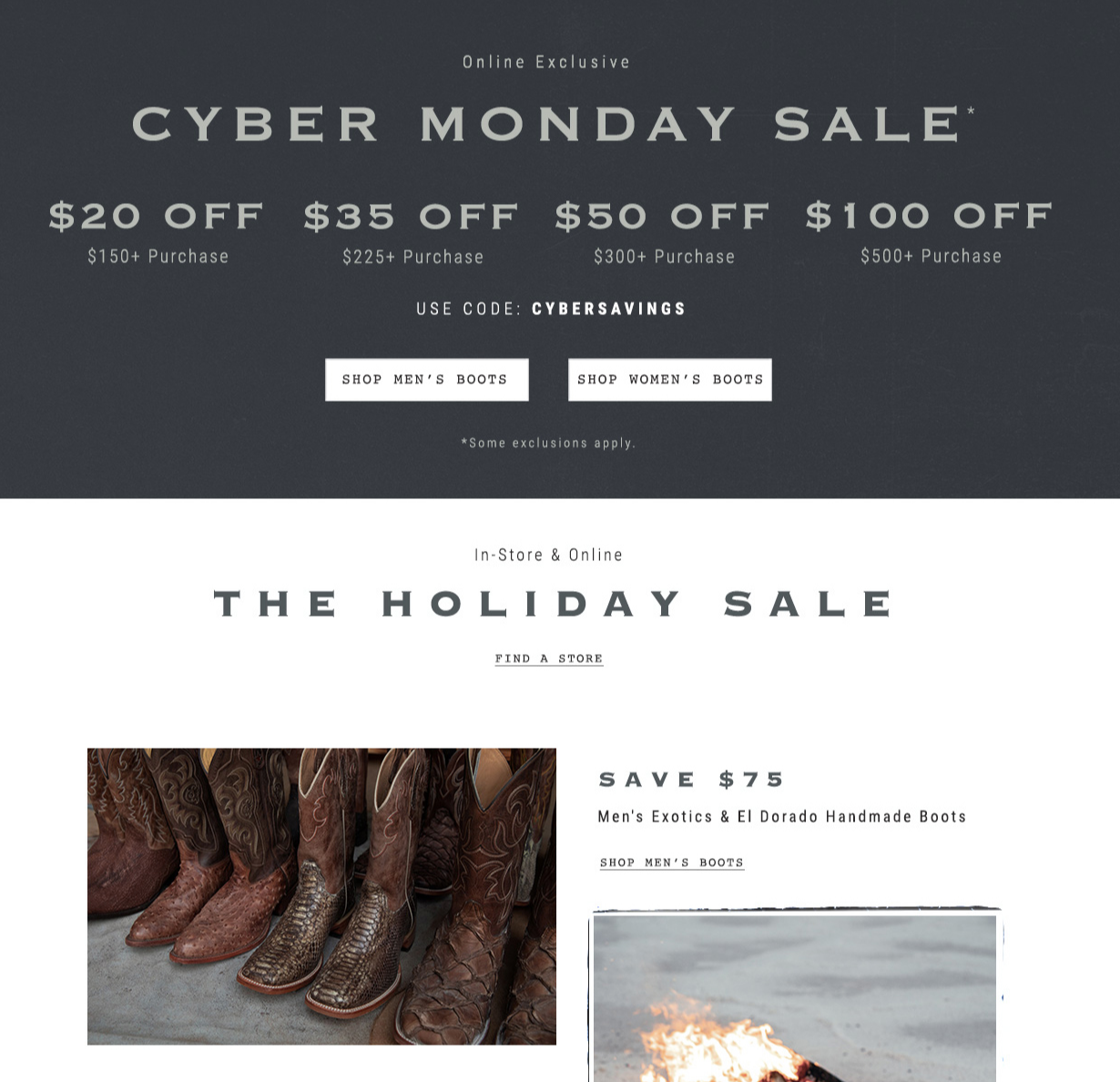
It doesn’t have to be fancy, just a page showing your offers and what your customers might expect from your brand during the product offer period.
Look for blogs that showcase new products during retail days.
Reach out to them and ask if they’re willing to feature your product in one of the “feature retail days” articles.
That way, you get more upfront instead of simply waiting for bloggers and publishers to cover your “big days” product offer.
12. Get Conversion-Oriented Links From Old School Marketing Strategy
Old school is cool.
Only if the strategy still works.
One of the link building strategies eCommerce SEOs overlooked is forums.
Yes, you can get links from guest posts, “where to buy” pages.
But still:
People are on niche forums.
They are there to engage with other like-minded users to get help when seeking information or asking for possible solutions to their needs.
Instead of you, chasing them. And persuading them to buy your products.
Users in forums are introspecting about what products to purchase during the moment.
Take a look at this:
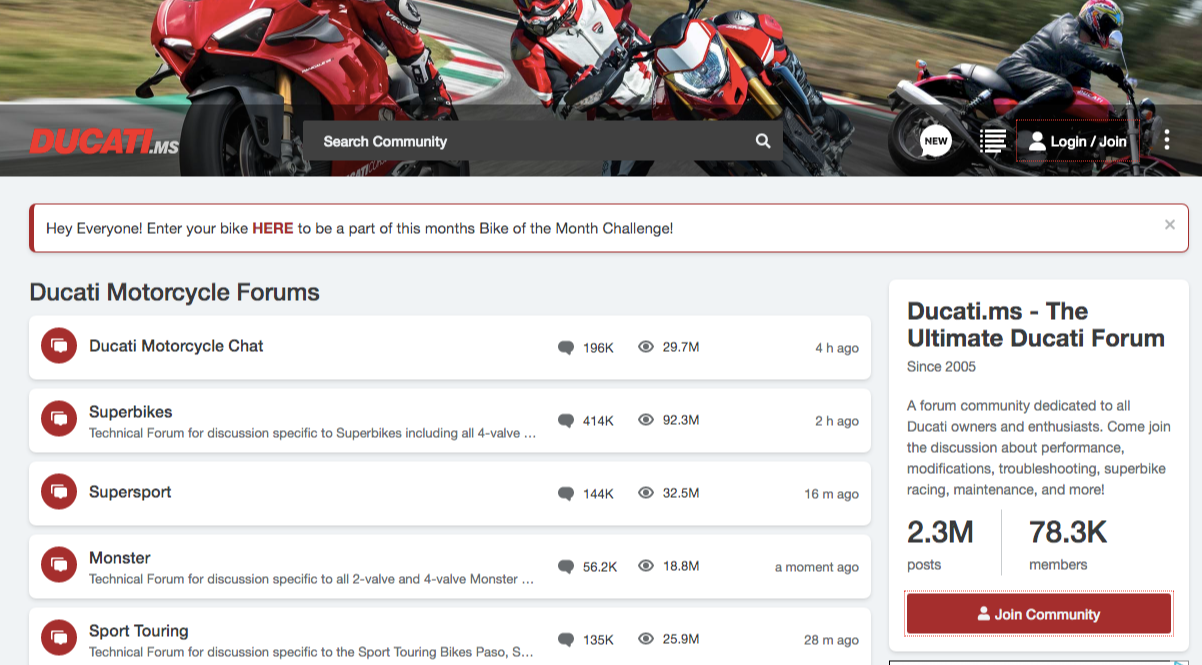
It’s a niche forum for Ducati owners and enthusiasts.
With 78.3K members, you’re open to needs, motivations, and specific questions and information people like you (or your customers) are looking for.
Engage. Get involved in discussions.
Another example is this string instruments forum.
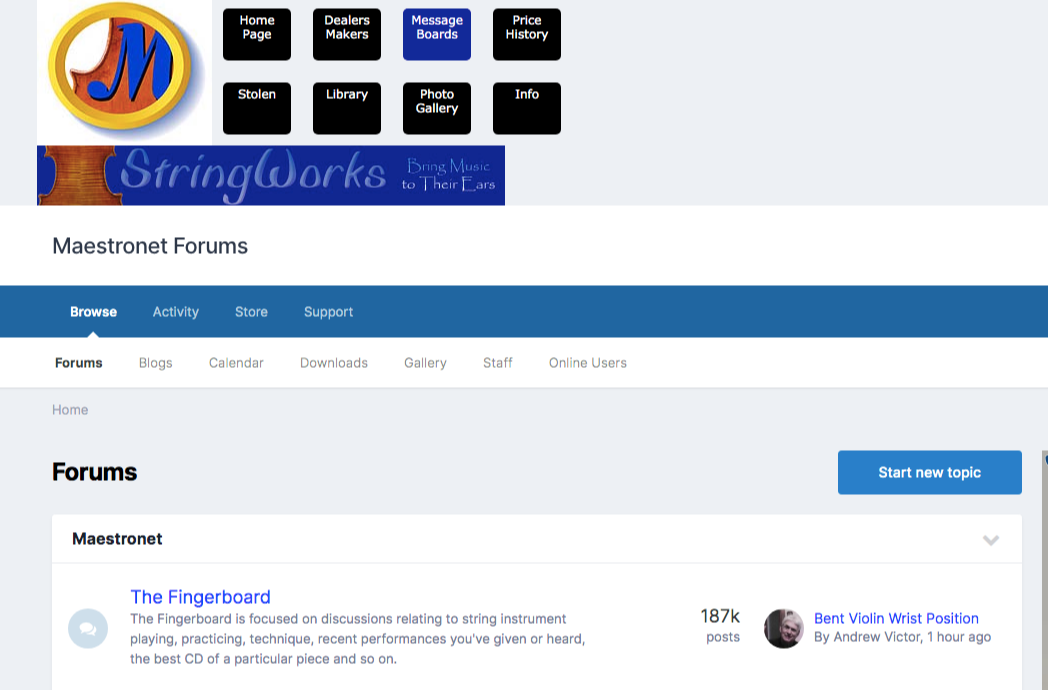
You see threads from people searching for specific products to purchase.
This one:
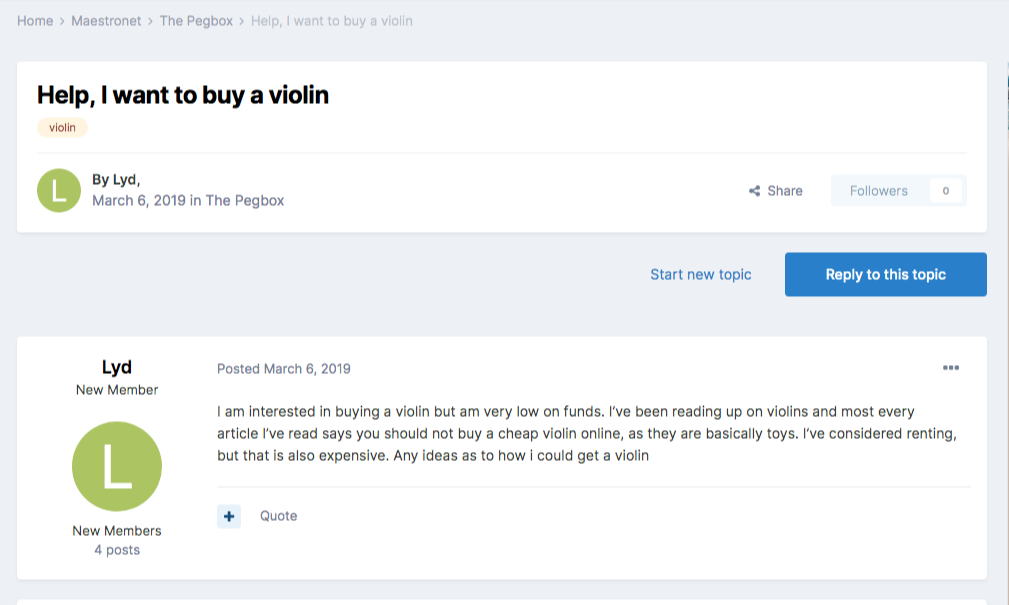
Spend a few minutes answering questions on industry forums.
Whether or not you get links from it, it’s a plus for you.
You get visibility for your brand. You get sales opportunities.
13. Avoid “Link Building Block” Using This Strategy
Some SEOs don’t know where to start in eCommerce link building.
The simplest way is:
Check what websites are linking to your competitors.
And not just any website.
Look for sites that have linked to 3 or more competing domains.
Because chances are:
If they linked to your competitors (who offer similar products), they’re also likely to link to your online store.
So, how you can find these websites?
Use Ahrefs’ Link Intersect. Enter your competitors’ homepages.
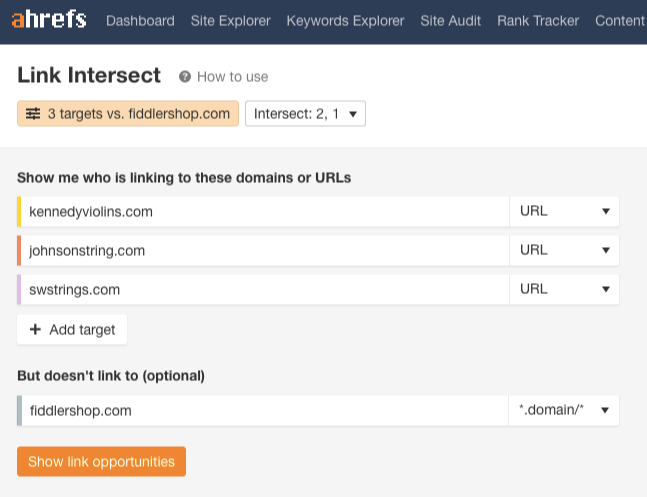
Make sure you choose “URL” for each site so it would only show you homepage links.
Add at least three competitors.
Now, Link Intersect will show you which sites are linking to those competitors.
What you only have to do.
Filter referring pages based on link types.
It could be forums.
Resource pages.
Directories.
The next time you reached “link building block” (you don’t know where to start in link prospecting), try this strategy of checking which websites are linking to your competitors.
14. Publish Linkbait To Get Organic Links
You’re probably familiar with linkbait.
You create a linkable content asset — an infographic, a guide, a piece that gets attention from linkers.
And because the content asset provides high-value information, publishers, bloggers, or any of these types would link to your page.
In the eCommerce space, I’ve seen one strategy that’s been effective to get initial links.
Good if you’re still new in doing SEO for online stores.
Or even if you’ve been for a while thinking what link building strategy to use for eCommerce.
The process goes like this:
First, choose a specific niche where you’ll feature top XY blogs.
X means the industry (e.g. medical).
Y means number of blogs (e.g. 50).
Here is one example:
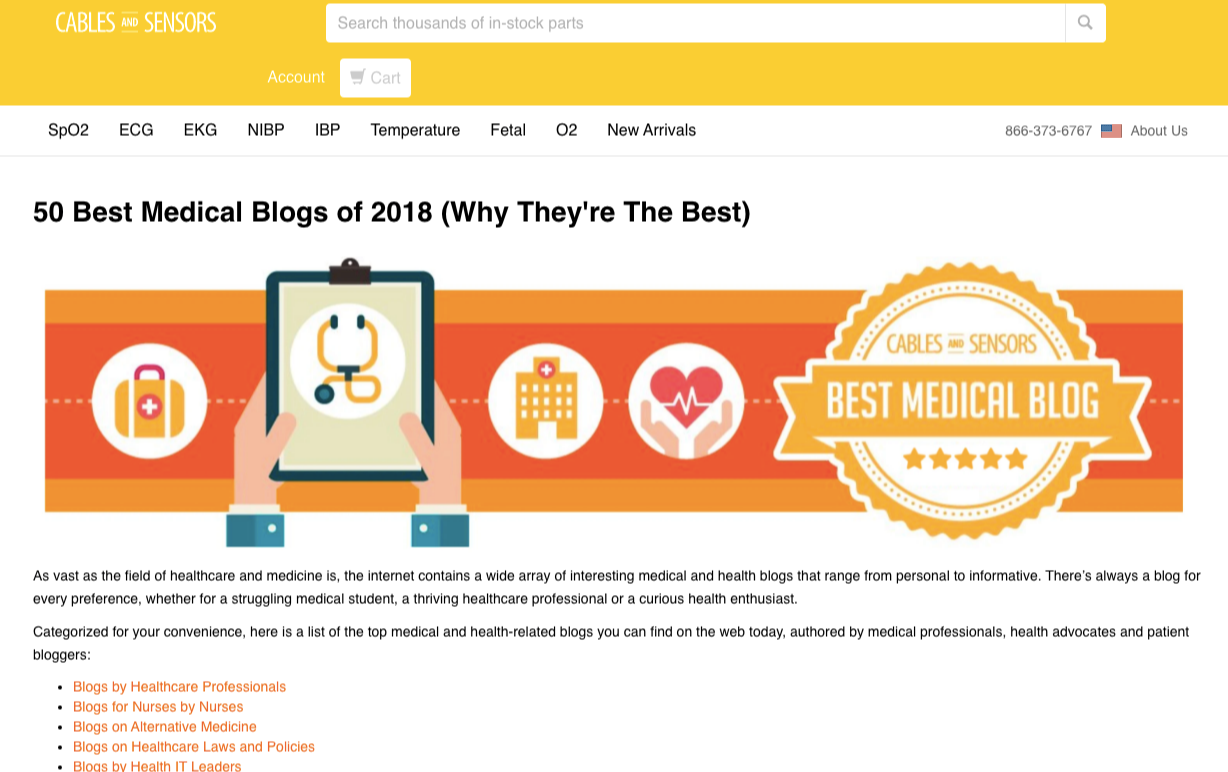
And another one:

The next thing you’ll do is to make a list of all blogs in the industry you’ve chosen.
What you want to do is to make sure you get enough links from this strategy.
So you first reach out to them and let them know you’ll feature them on your top X blogs page.
This way, you don’t get any random blogs to be featured.
But you’re making sure that once you published the post, you have these people ready to share it to their networks (and at most, link to your page from their blogs).
Here’s an email template that you can use:
Subject Line: question OR inquiry
Hi %Name,
I’m %YourName%. I manage the blog %Brand%. I’m looking to feature your brand in our upcoming exclusive %XYTopList% (share more information about your upcoming XY list).
We get “X amount of visitors” every month, and we have “X amount of email subscribers” and “X amount of social media followers” to share our new content with.
Let me know if you’re interested to participate.
Thanks,
%Yourname%
The value proposition in the email is your feature opportunity:
The responses from your target prospects will vary.
Some will be honored to get featured on your blogs.
Others won’t care.
Nonetheless, you prioritize people who’ve shown interest in promoting the “linkbait” piece once it gets published.
15. Use Product Discounts As Linkable Value Proposition
Discount programs get the benefit of added sales once executed properly.
But you can also use it as a way to get recurring links from discount pages.
Here’s one example:
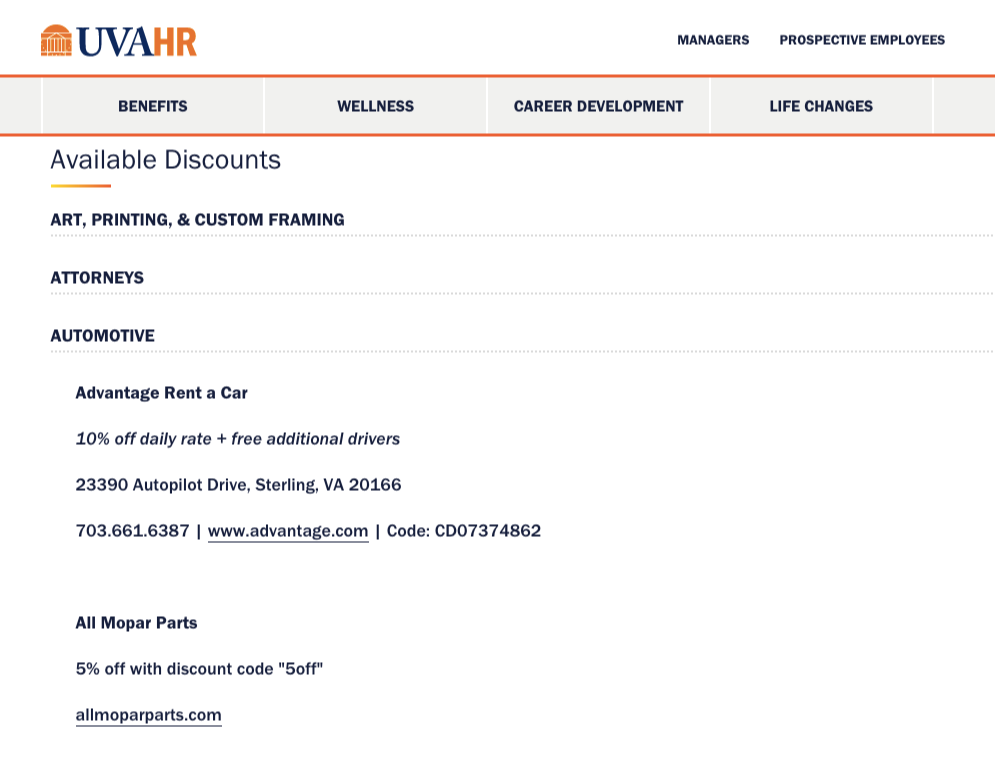
Universities have “discount pages” for students who’re looking to save bucks every month.
They partner with brands potentially looking for collaborations.
Universities provide value to students in terms of discounts on products.
eCommerce brands get direct links to discount pages (or product pages).
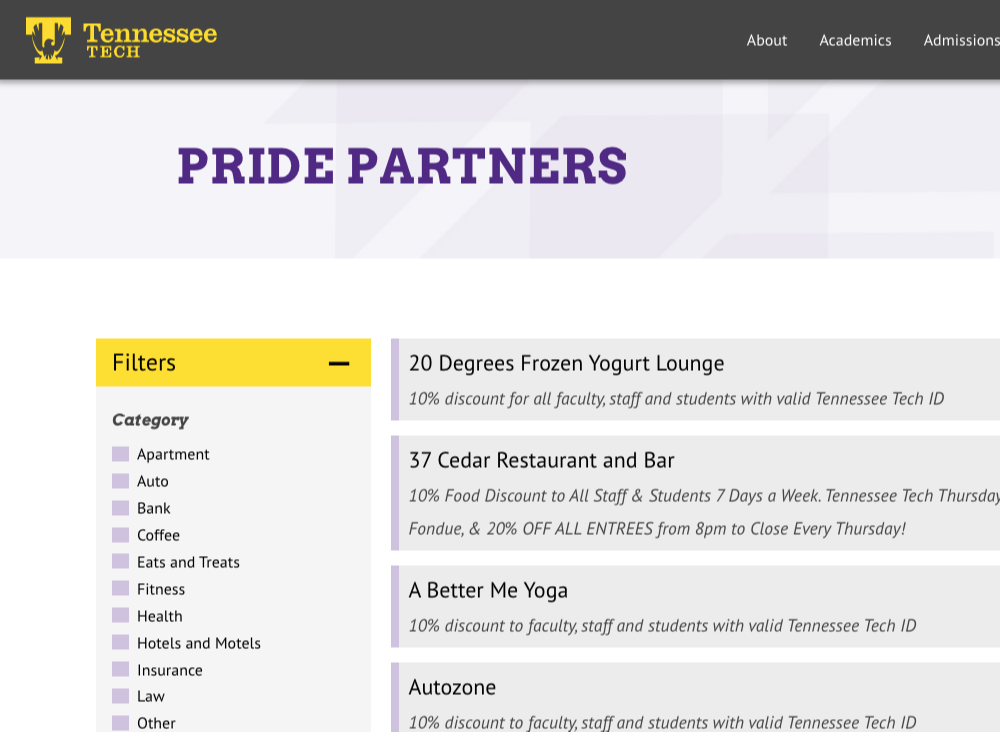
It’s a win-win situation.
The process using this link building strategy doesn’t have to be fancy.
Simply reach out to them and show them what type of discounts students of prospective universities will be getting.
Subject Line: Discount program for %XUniversity%
Hi %Name%,
I’m %YourName% from %Brand%. I’d like to offer discounts to your readers and followers at %University%.
Here are the details of the discount program:
(Share details about your discount program)
I’m sure your students and readers of your page would love to know any new product discounts.
Let me know your feedback.
Thanks,
%YourName%
Then, you’ll reap the benefits of links once you get featured on their pages.
As you know, these universities bring high-level link juice or authority links to any linked-to website.
16. Create Research-Based Infographics
Infographic marketing is not dead.
Some marketers and SEOs don’t just know how to create infographics that stand out and get promoted over and over again.
Here are some examples of linkable infographics from online stores:
Parent’s Guide to Childhood Asthma: Symptoms & Treatments

Carbon Fiber Cars, Parts, & Care – Infographic
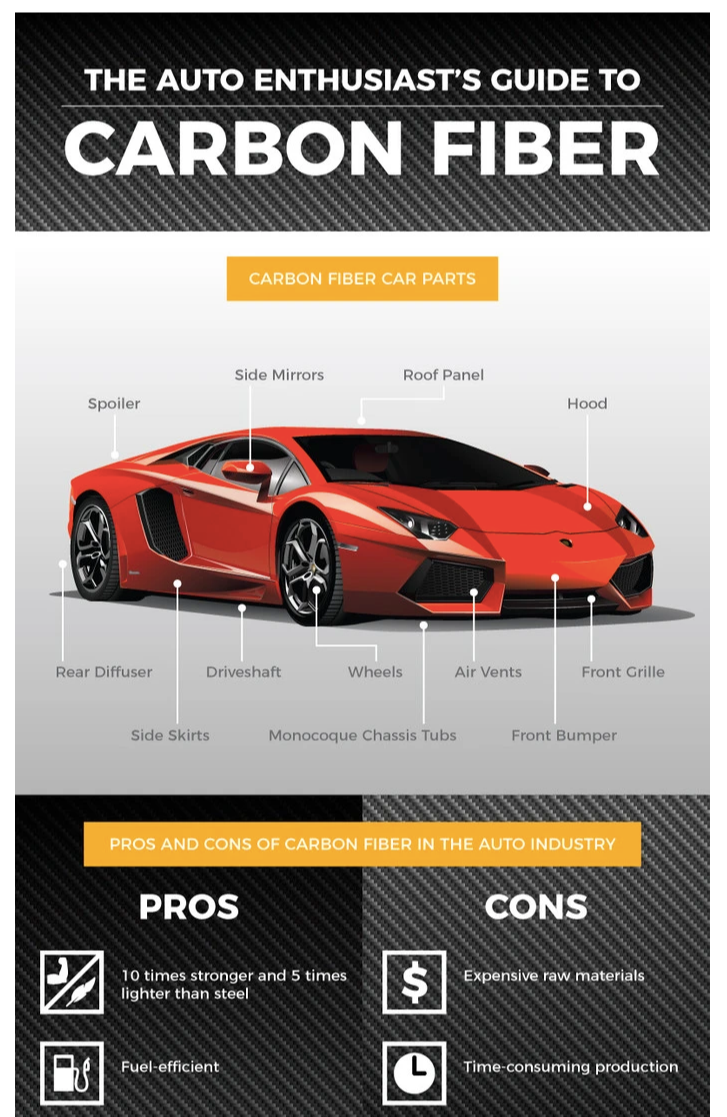
You see:
Nothing luxurious, but you’ll find that the creators of these infographics well research about the topic.
And the most part, topics are not random.
These topics are within the boundaries of their brand themes.
So you can start by getting inspiration from top online stores that create infographics in their markets.

See which of them you can model to your eCommerce blog.
17. Get Recurring Links From Roundup Blogs
It’s easy to get a link one-time.
But doing it repetitively is another story.
That is why:
There is one way to get recurring links to your online store.
And that’s through roundup blogs.
These are bloggers who regularly publish “roundup” articles every week or month.
Some prefer to call it “weekly products”.
Others have it as “link party”.
Where they feature informational content or straight products on their articles.
Now:
How can you find these easy link opportunities?
Start with your competitors.
Reverse engineer if there are websites linking to them with titles such as:
“links” pages
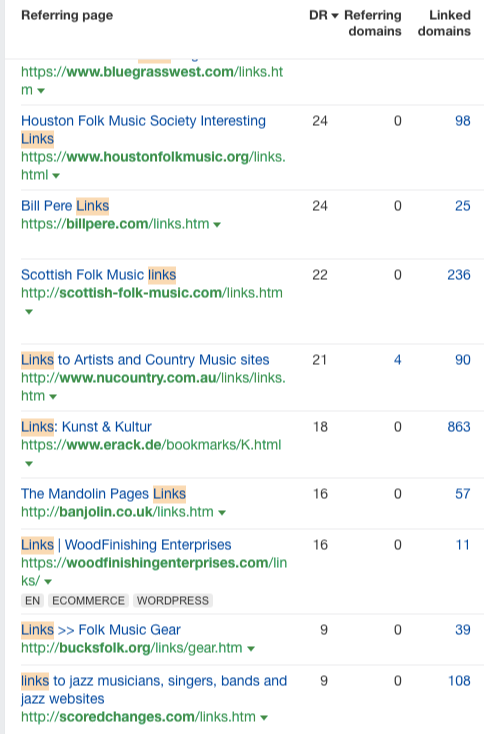
“Best of” articles
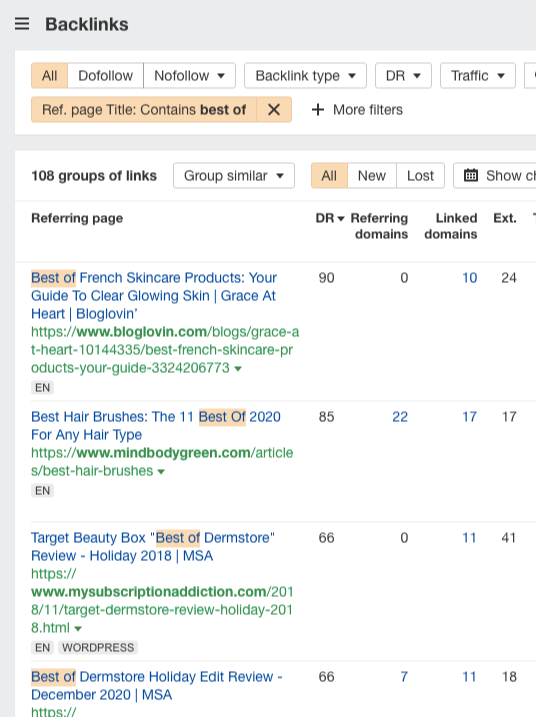
“Round up” posts
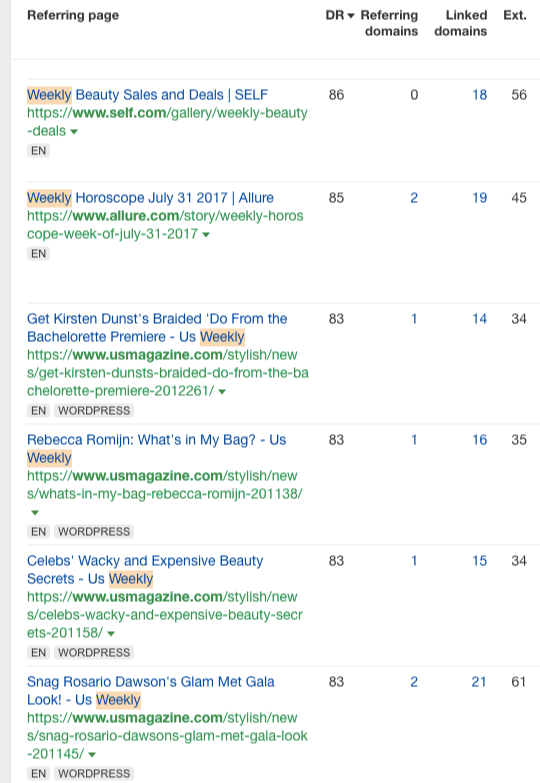
Or your second option is:
You find these roundup link opportunities on Google.
Use any of these search queries below:
- “KEYWORD” “best blog posts”
- “KEYWORD” “monthly round up”
- “KEYWORD” “notable posts”
- “KEYWORD” “notable updates”
- “KEYWORD” favorite posts of the week
- “KEYWORD” friday link round up
- “KEYWORD” friday round up
- “KEYWORD” monday link round up
Assess the bloggers’ roundup page.
Understand how, why and what types of posts they link out to brands.
Reach out to these bloggers. Build relationships with them. And offer a free product, a feature on your blog, or any value that gets them to link to you regularly.
18. Offer Discounts To Employees
We’ve covered discounts earlier.
But that’s only for students.
You can add one more to earn more backlinks to your online store.
Offer some discounts specific to employees.
Employees of non-profit organizations, university staff, and high-authority brands.
And this one:
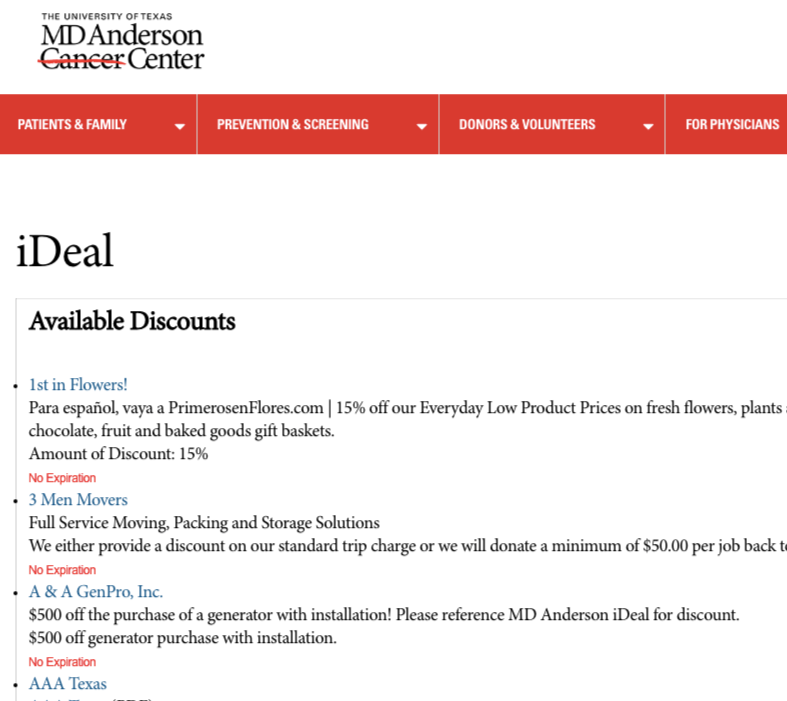
Reach out to them and offer employee discounts.
The better your discounts, the higher is your likelihood of getting links from these employee discount pages.
Webmasters have different requests for information — send them over what you need. And you get featured and links on their webpages.
19. Monitor New Links Of Other Online Stores
New links to your competitors are opportunities for you.
Why?
Because webmasters and publishers who freshly link to a website:
Are more likely to respond to requests.
They’re still in the mode of updating their pages.
So where do you start?
Make a list of domains you’ll monitor fresh links regularly.
First, it could be a list of your direct competitors.
And it could be a list of top publications in your industry that also target the same market as yours (e.g. car enthusiasts).
And any local businesses picking up new local links.
Then:
Start monitoring new links pointing to each website.
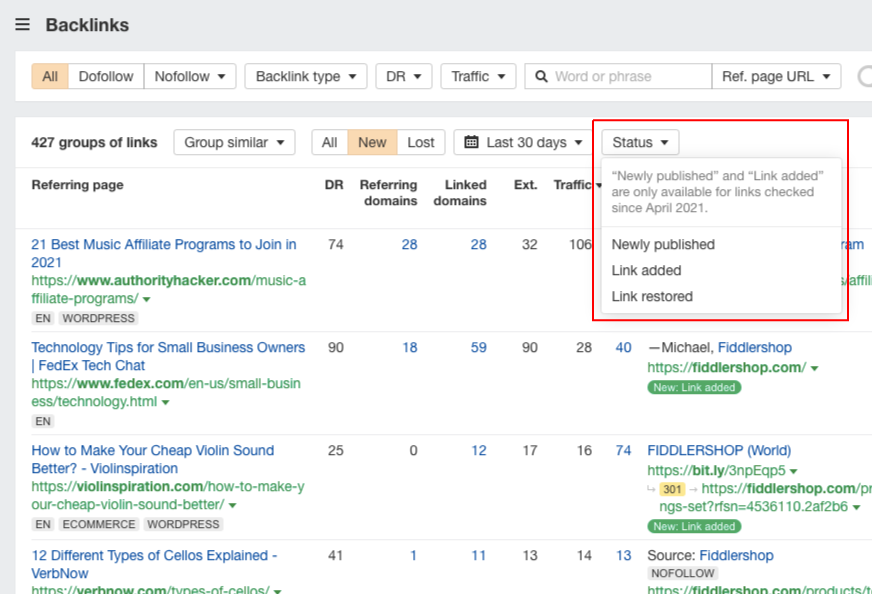
Assess each new link to see if it’s worth reaching out to.
Check if the link is replicable.
Can you request a link from the page and let your website be added as well?
Is it a new guest post they recently published? And is it a blog you could also contribute an article into?
The key is to understand why the publisher gave the link to your target domain. And assess it based on your resources if you could also acquire the same type of link.
20. Use “Book Crowdsourcing” Technique
Are you familiar with “Think and Grow Rich” by Napoleon Hill?

If you are reading personal development books, you’re probably familiar with how the book is created.
It was basically Napoleon Hill interviewing top entrepreneurs on how to get rich and putting all their insights into one book.
To date, Think and Grow Rich has sold 15 million copies.
Let me ask you one question:
What if you could do the same?
Interview industry experts, practitioners, and thought-leaders in your space.
And curate all their insights into one book.
If you’ve heard “round-up” posts, you know it’s the same as this.
But this “book crowdsourcing” technique is quite different.
It’s a lot higher value than a simple “round-up” post article.
Because it is packaged in a well-crafted book.
Take a look at this:
It’s not the type of round-up post you see elsewhere.
The book is also available on Amazon and Lulu — which increases its perceived value in the market.
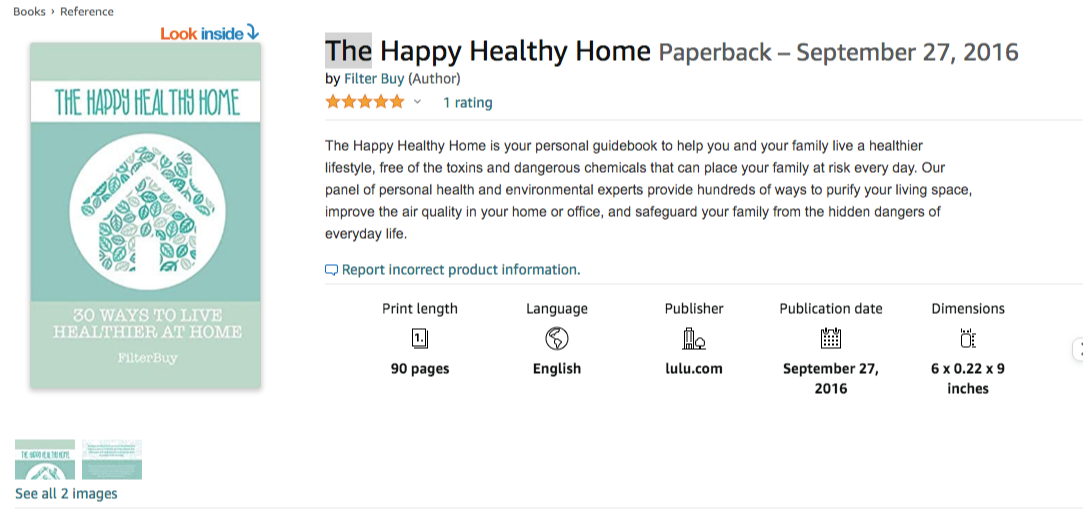
Use this “Book Crowdsourcing” Technique for your eCommerce blog.
Find thought leaders in your industry.
Reach out to them and offer “being featured on a book” as the value proposition of your email outreach.
That way, it stands out among all “interview pitches” they receive.
Then collect all their insights.
Curate, format, design, and publish a book.
21. Add FAQs On Your Blog
People want quick results.
Case in point:
Featured snippets.
Most featured snippets that you see on Google search results are quick answers to frequently asked questions.
And when they rank and get referenced by other publishers, pages with FAQs get backlinks.
How you can start with this?
Discover keywords with featured snippets on search results.
Ahrefs can help you with this.
Check “featured snippets box” to only see keywords with featured snippets on results.
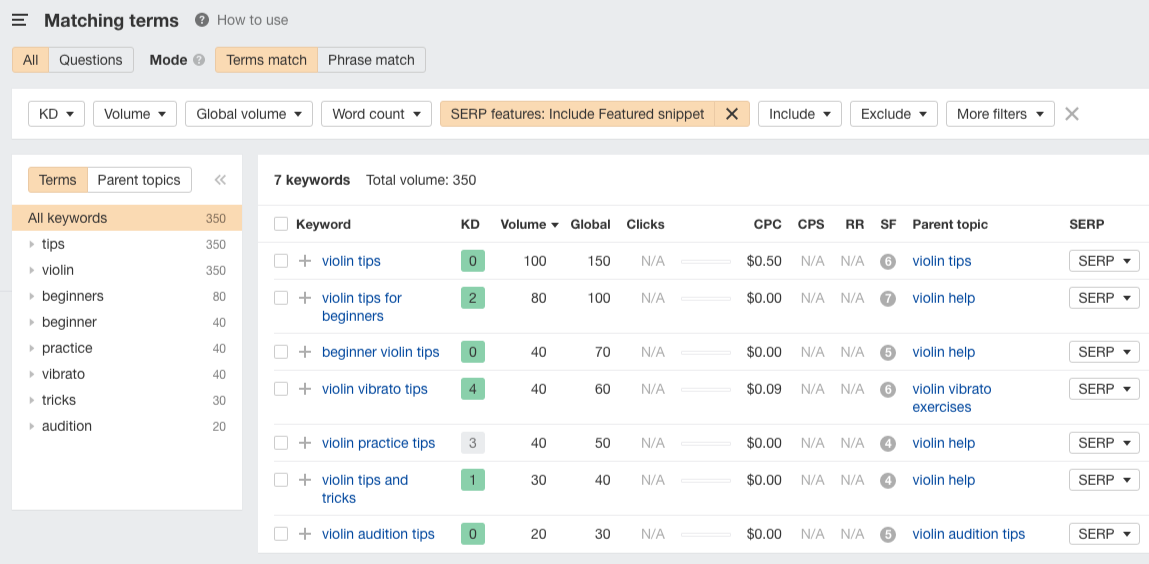
Find what’s relevant to your brand. And publish FAQs, included in an article or page.
You can use SEO Booster to help optimize any of your important pages.
Conclusion
I’d like to hear from you.
Which link building strategy you’d like to execute for your eCommerce website?
Would you like to get featured on “where to buy” pages?
How about tapping the “going green” market with your content?
Leave your insights in the comment section below.
The Author
Venchito Tampon Jr
Venchito Tampon is a Filipino Motivational Speaker, Corporate Trainer, and a Leadership Speaker in the Philippines. He is the CEO and Co-Founder of SharpRocket, a link building agency. With a decade of experience, Venchito has a proven track record of leading hundreds of successful SEO (link builidng) campaigns across competitive industries like finance, B2B, legal, and SaaS. His expert advice as a link building expert has been featured in renowned publications such as Semrush, Ahrefs, Huffington Post and Forbes. He is also an international SEO spoken and has delivered talks in SEO Zraz, Asia Pacific Affiliate Summit in Singapore, and Search Marketing Summit in Sydney, Australia. Check out his other businesses, Hills & Valleys Cafe, Blend N Sips and Saas Pursuit.
How our LINK BUILDING AGENCY builds 250 links/mo consistently using Predictable Link Building Methodology™…
- Using a SIMPLE and PROVEN system
- Using a SCALABLE strategy
- No private blog networks
- No creepy outreach emails
